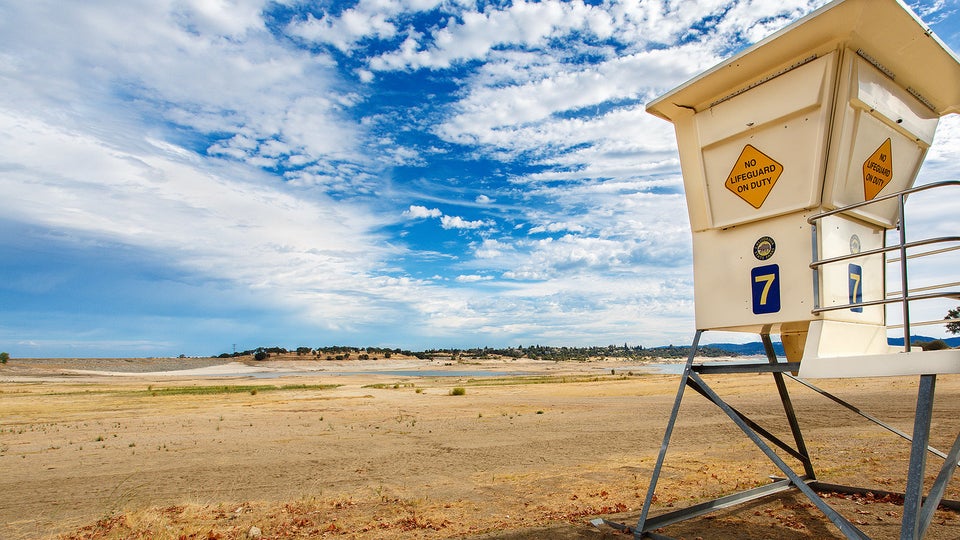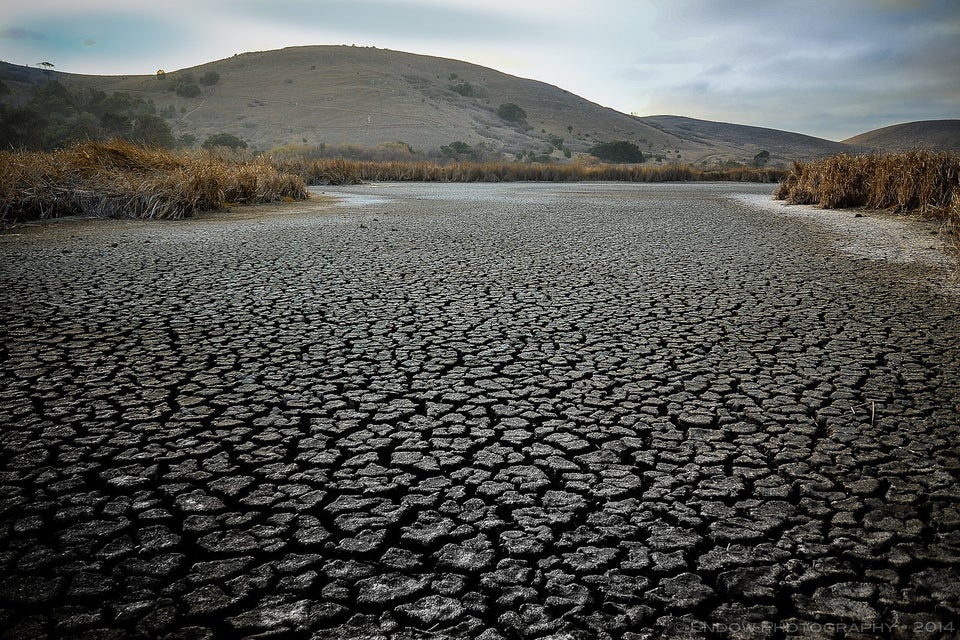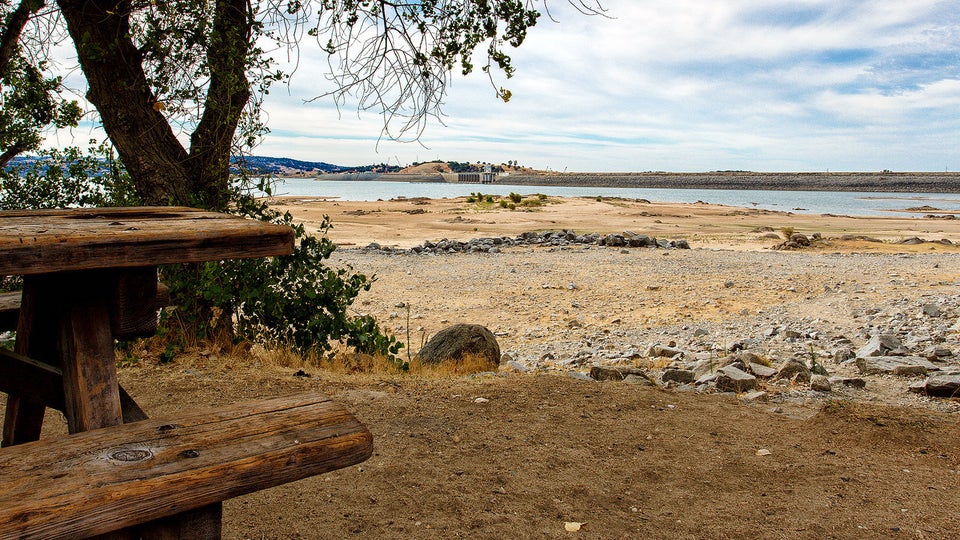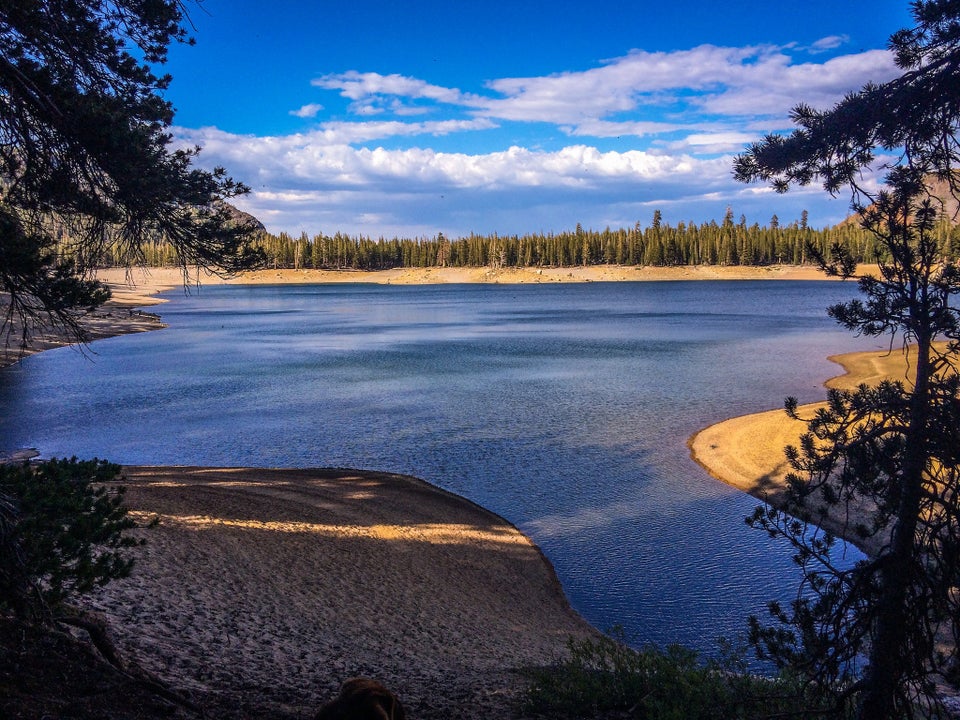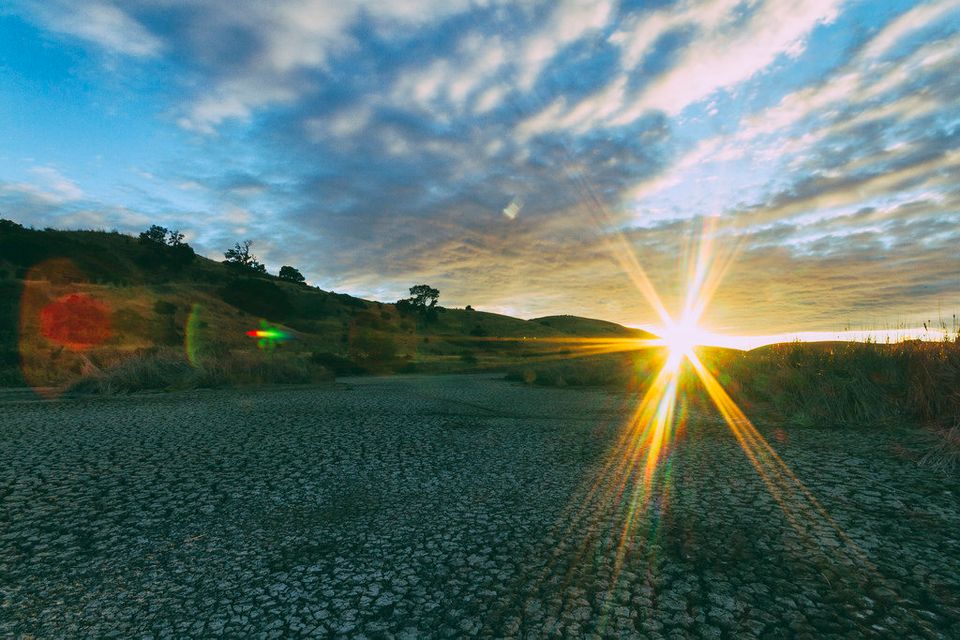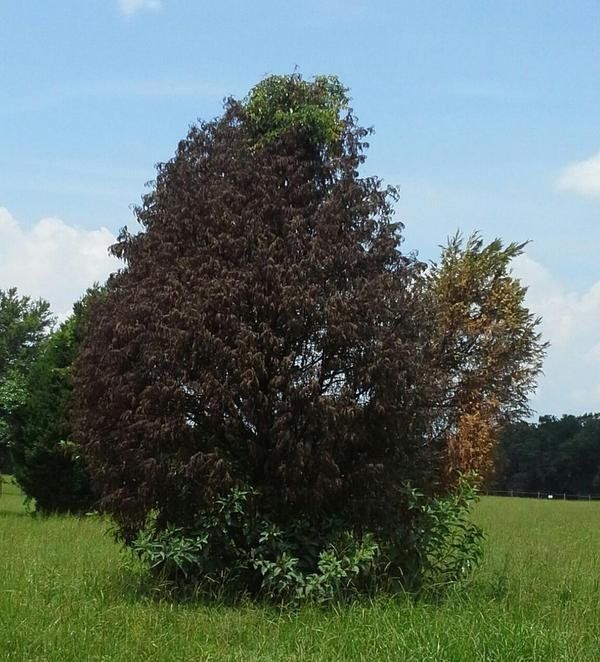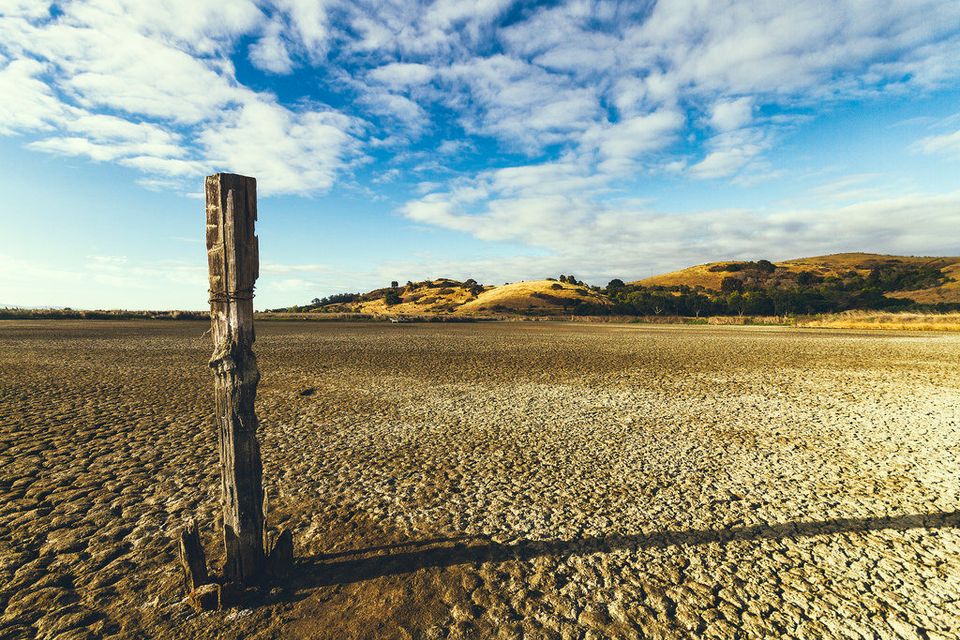For stories and preparation tips on California’s drought, sign up for the Land of Thirst email newsletter.
If just one in ten Southern Californians were to install a greywater system in their home, the state would conserve as much potable water as it expects to generate through the massive $1 billion desalination plant that is about to come online in San Diego County, says Laura Allen, co-founder of Greywater Action and author of The Water-Wise Home.
So why aren’t more state and local government officials encouraging California homeowners to install residential greywater systems as a key part of reducing urban water usage throughout the state?
“Greywater” is the non-potable, moderately dirty wastewater produced by showers, bathroom sinks and laundry machines (and not toilets, dishwashers or kitchen sinks). In most households, as soon as greywater goes down the drain, it’s on its way to the municipal sewer system and, eventually, the ocean. That’s over a billion gallons of California water a day that’s used once and then disposed of forever.
But greywater can be recycled quite easily. Even though it is not safe to drink, as long as the right soaps are used, greywater is perfectly safe for plants. Greywater systems divert this ordinary household wastewater away from the sewer line and into a subsurface irrigation system that waters a home’s garden. For a homeowner with even modest home improvement skills, a simple laundry-to-landscape greywater system can be installed over a weekend (showers and sinks can be more complex) for a few hundred dollars in parts.
Yet in spite of California’s epic drought, elected officials have been slow to embrace the practice. Last week, Governor Jerry Brown issued an executive order mandating a 25% reduction in urban water usage statewide. The order targets residential lawns, inefficient appliances, car washing and other potentially wasteful culprits, but no mention is made of incentivizing the installation of residential greywater systems.
Allen attributes the silence to poor public understanding of wastewater recycling, confusion over the legality of installing greywater systems on the part of both homeowners and municipal officials (greywater systems have been legal in California since 1994), and unfounded fears that the process could spread disease.
In parched regions beyond California, greywater recycling has been more widely adopted, particularly in Arizona, which has the most favorable laws in the nation for greywater installation. The City of Tucson, for instance, reimburses residents up to $1,000 for the construction of greywater systems, and requires that newly constructed houses be plumbed for greywater.
California need not look beyond its borders to find models for promoting greywater recycling, however; it can look instead to its own past. In the last major drought, in the 1970s, during Governor Brown’s first term, the state offered tax credits to Californians who installed greywater systems (the incentives ended in 1982).
And in the present day, in part because of the advocacy of Greywater Action, a handful of California communities in recent years have gradually begun to encourage the practice. The City and County of San Francisco publishes a manual for designing and constructing a residential greywater system, and offers rebates for permits for installations that require them. The city even provides free parts and loans out tools for the purpose.
The urgency of the present drought conditions may accelerate this adoption. At a time when drinking recycled urine is starting to look like simple common sense, channeling household wastewater into garden beds hardly seems radical. Neglecting to do so may be the more outlandish proposition.
Before You Go
